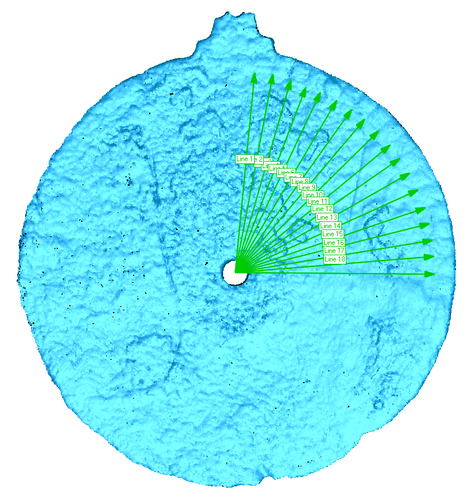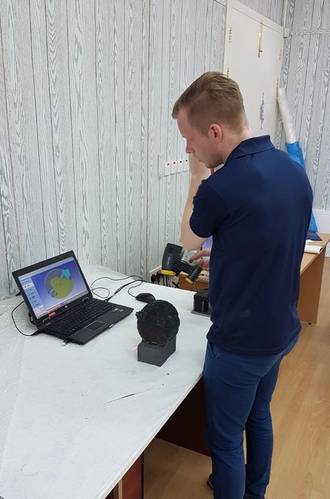State-of-the-art laser scanning technology has helped researchers to confirm that an artifact recovered from the wreck of a sunken 15th century ship in the Indian Ocean is the earliest known marine navigation tool.
When the Blue Water Recovery team found the object in 2014, they believed it was an astrolabe used by mariners to measure the altitude of the sun during voyages, but they were not certain as there were no visible navigational markings.
The team approached Professor Williams, who conducts high-tech scanning analyses in his laboratory at WMG University of Warwick in the U.K. to reveal the artifact’s unseen details.
Williams was able to accurately scan the item to within 0.1mm and reproduce a high-resolution 3D model, revealing etches around the edge of the object, each separated by five degrees – proving that the relic is in fact an astrolabe. These markings would have allowed mariners to measure the height of the sun above the horizon at noon to determine their location so they could find their way on the high seas.
“It was fantastic to apply our 3D scanning technology to such an exciting project and help with the identification of such a rare and fascinating item,” Williams said. “Usually we are working on engineering-related challenges, so to be able to take our expertise and transfer that to something totally different and so historically significant was a really interesting opportunity.”
The astrolabe is a bronze disc measuring 17.5cm in diameter and engraved with the Portuguese coat of arms and the personal emblem of Don Manuel I, the King of Portugal from 1495-1521. It is believed to date from between 1495 and 1500, and was recovered from the wreck of a Portuguese explorer ship Esmeralda which was sunk by a storm in the Indian Ocean in 1503. The historic vessel was part of a fleet led by Portuguese explorer Vasco da Gama, the first person to sail directly from Europe to India.
David Mearns, from Blue Water Recovery, who led the excavation, said, "It's a great privilege to find something so rare, something so historically important, something that will be studied by the archaeological community and fills in a gap.”
“It was like nothing else we had seen […] it adds to the history, and hopefully astrolabes from this period can be found," Mearns said.




















